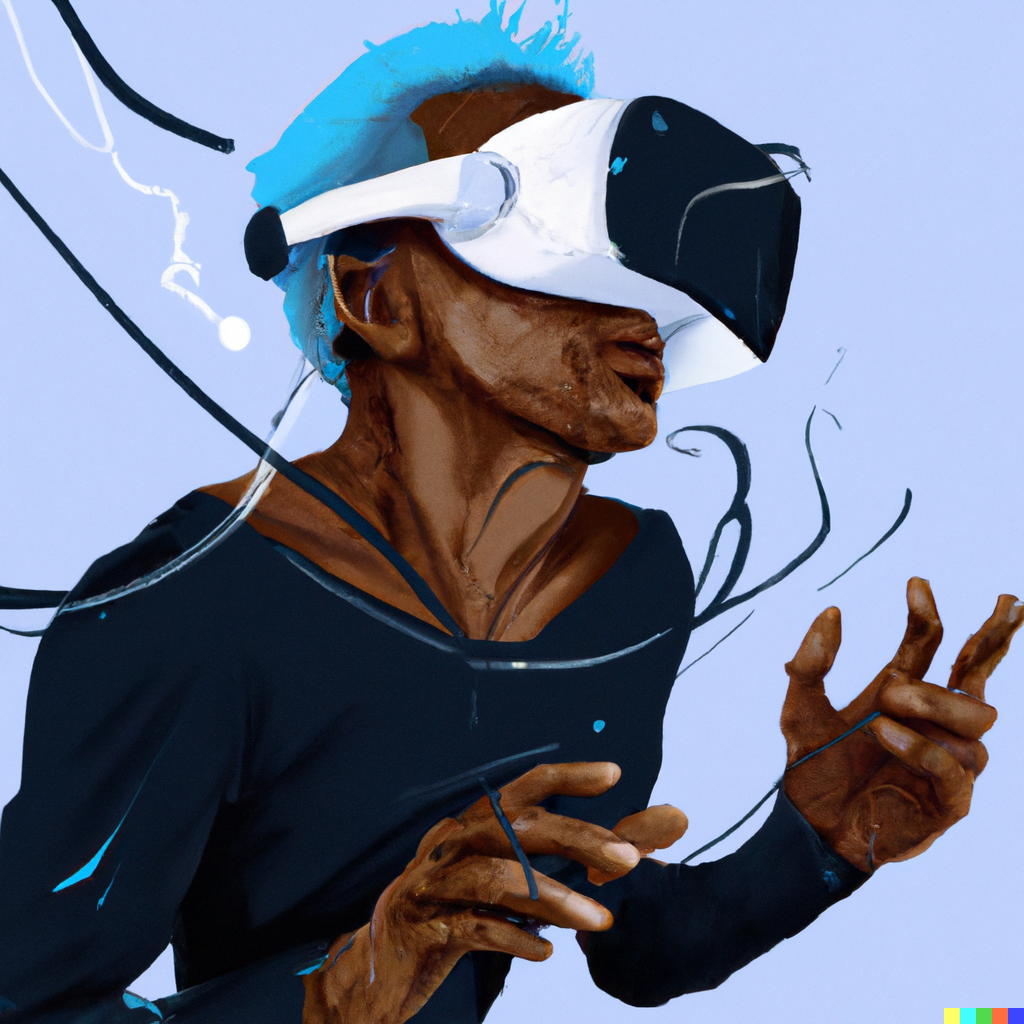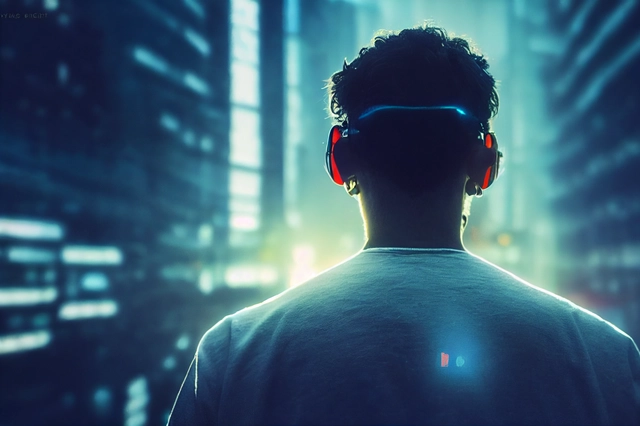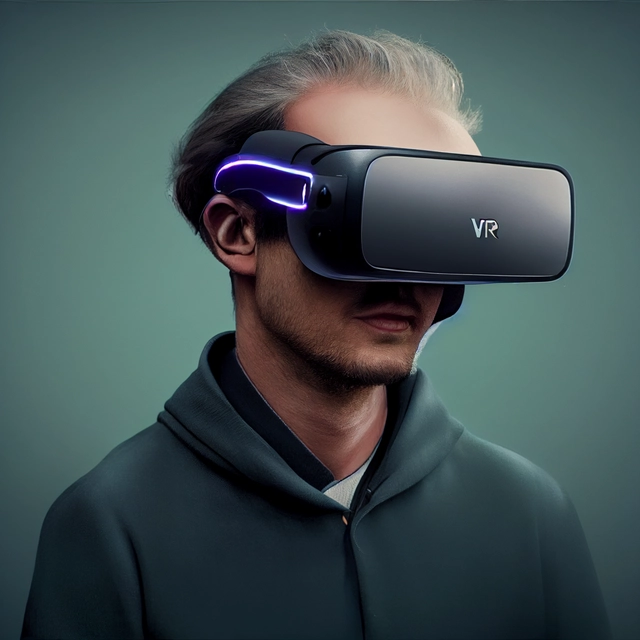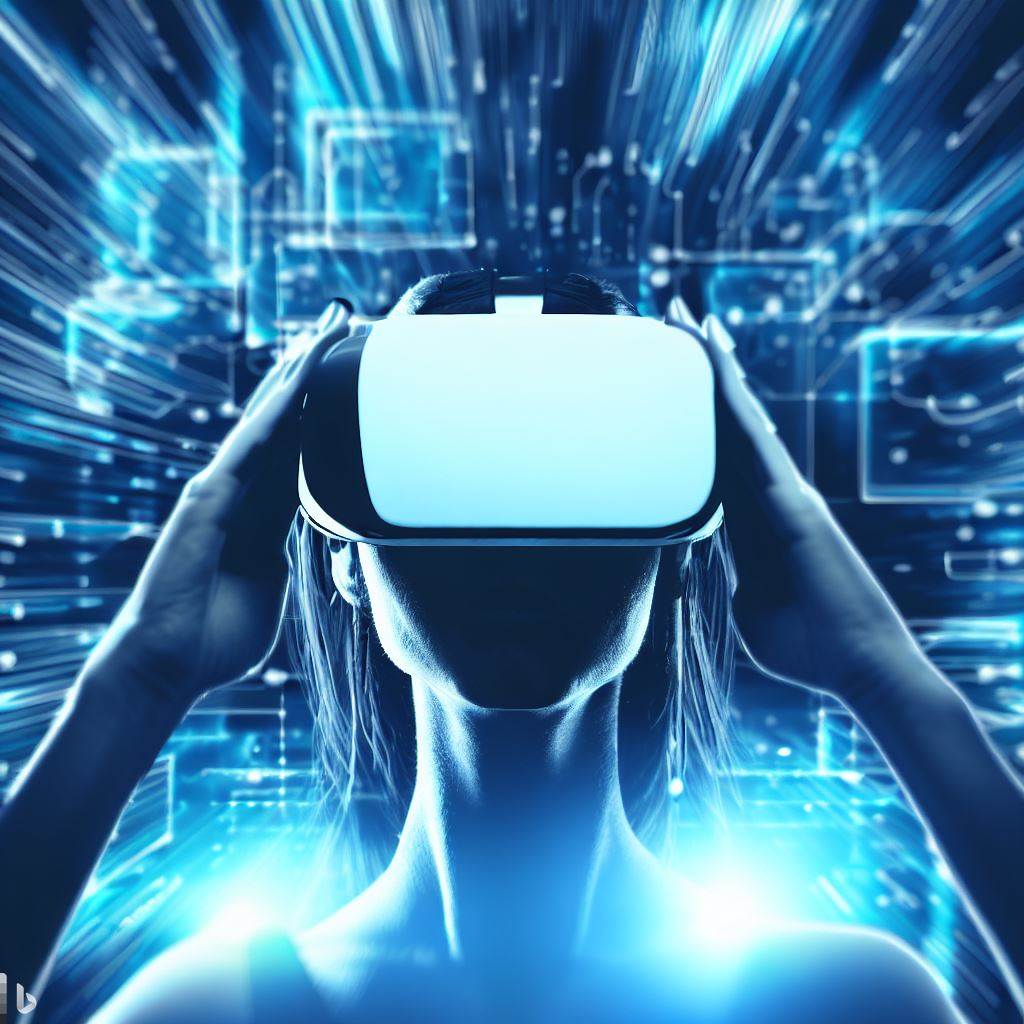Yes, too much VR can be bad for you, as excessive use can lead to physical strain, psychological effects, and negatively impact your overall well-being. It’s crucial to maintain a balanced lifestyle and use VR in moderation to avoid these potential issues.
Hey there, fellow tech enthusiast! I’m sure you’ve been wondering, can too much VR be bad for you? Well, you’re not alone. Virtual Reality (VR) has become a significant part of our lives, offering immersive gaming experiences, educational opportunities, and even therapeutic benefits. But, like most things in life, moderation is key. As we dive into the world of VR, it’s essential to explore the potential dangers and understand how to use this incredible technology responsibly.
In this article, we’ll be taking a closer look at some of the potential risks of excessive VR usage, the impact it can have on our physical and mental well-being, and how to maintain a healthy balance. So, grab your VR headset and let’s embark on this exciting journey together!
Did you know that over 48% of US consumers have had at least one VR experience at least once? That’s a huge number, and it’s no surprise that VR is becoming increasingly popular. But what happens when this immersive experience takes up too much of our time? Let’s find out.
The Physical Strain of Prolonged VR Sessions

Now, let’s talk about how spending too much time in VR can take a toll on our bodies. I’m sure many of us have experienced that nagging headache or dizziness after a long VR session. As it turns out, these symptoms are not just minor inconveniences; they can be signs of more significant issues.
1. VR-induced motion sickness
Have you ever felt nauseous while using VR? You’re not alone. A significant number of VR users experience motion sickness, which is caused by the disconnect between what your eyes see and what your body feels. This disorientation can lead to symptoms like dizziness, nausea, and even vomiting. Studies show that at least 40% of VR users may experience motion sickness to some degree.
“I remember the first time I tried a roller coaster simulation in VR. It was so realistic that I couldn’t help but feel sick after just a few minutes. It took me a while to recover and feel grounded again.”
Some guy on Reddit
2. Eye strain and discomfort
When you’re immersed in VR for extended periods, it can put a lot of strain on your eyes. The constant focus on near objects and the limited field of view can cause eye strain, fatigue, and dryness. In some cases, this can even lead to Computer Vision Syndrome (CVS), which includes symptoms like blurred vision, eye discomfort, and headaches.
Did you know that taking regular breaks and using the 20-20-20 rule can help reduce the risk of eye strain?
3. Musculoskeletal issues
While VR can be a fun way to get some exercise, spending too much time in physically demanding games can lead to overexertion and injury. Repetitive motions, awkward postures, and lack of proper warm-up can contribute to muscle strains, joint pain, and even long-term musculoskeletal issues.
Case study: The story of John, a VR fitness enthusiast
John was an avid user of VR for fitness purposes. He loved playing games like Beat Saber and BoxVR to stay active. However, he neglected to warm up and stretch before his sessions, and after several weeks, he started experiencing shoulder pain. A visit to his doctor confirmed a muscle strain, forcing him to take a break from his beloved VR workouts.
Don’t be like John.
4. Sedentary behavior risks
On the flip side, some VR experiences can be quite sedentary. Just like with traditional gaming or screen time, sitting for extended periods while engaged in VR can increase the risk of obesity, cardiovascular issues, and other health problems related to a sedentary lifestyle.
“Sitting is the new smoking” – Dr. James Levine, a leading expert in sedentary behavior
So, while VR can be an incredible source of entertainment and exercise, it’s essential to remember the potential physical strain it can cause. Pay attention to how your body feels and take regular breaks to keep yourself in tip-top shape
Psychological Effects of Excessive VR Exposure

As we delve deeper into the world of virtual reality, it’s essential to consider the psychological consequences of spending too much time in these immersive environments. While VR has tremendous potential for relaxation, education, and social connection, overuse may lead to some concerning mental health effects.
1. Addiction and escapism
Like any form of entertainment, VR has the potential to be addictive. The immersive nature of VR can make it especially alluring, leading some individuals to prioritize virtual experiences over real-life responsibilities and relationships. Escapism can be healthy in moderation, but excessive VR usage may cause people to avoid facing real-life challenges, which can lead to a downward spiral of isolation and neglect.
“I used to spend hours in VR chat rooms, ignoring my family and friends. It took a wake-up call from a close friend to make me realize I was losing touch with reality.”
wolfy from VRChat
2. Depersonalization and derealization
Spending too much time in virtual environments can blur the line between the virtual and the real. In extreme cases, this can lead to feelings of depersonalization and derealization, where individuals feel disconnected from themselves or the world around them. These symptoms can be disorienting and frightening, and it’s essential to maintain a strong sense of self and reality outside of VR.
Famous author and VR researcher Jaron Lanier once said, “We must learn to balance the virtual and the real.”
3. Anxiety and stress
While VR can help alleviate anxiety and stress for some, excessive usage may have the opposite effect for others. The intense stimuli and immersive nature of VR can be overwhelming and lead to increased anxiety, especially for those already prone to it. Furthermore, the stress of managing a virtual life on top of a real one can compound the issue.
4. Impact on sleep
Did you know that blue light emitted by screens can disrupt our natural sleep patterns? Since VR headsets are placed directly in front of your eyes, they have the potential to significantly impact your sleep. Poor sleep quality can have a domino effect on your mental health, causing irritability, anxiety, and even depression.
Sleep expert Dr. Matthew Walker advises limiting exposure to screens, including VR, in the hour before bedtime to promote better sleep hygiene.
Remember, moderation is crucial when it comes to VR usage. It’s essential to maintain a balance between virtual experiences and real-life connections to ensure a healthy state of mind. If you notice any negative psychological effects from your VR usage, it’s time to take a step back and reassess your habits.
Balancing VR Usage for a Healthier Lifestyle

As we’ve explored the potential physical and psychological effects of excessive VR use, it’s crucial to find ways to strike a balance and maintain a healthier lifestyle while still enjoying the wonders of virtual reality. Here are some strategies to help you achieve that balance:
1. Set limits and prioritize real-life activities
Establishing boundaries for your VR sessions is key to ensuring a healthy balance. Allocate specific time slots for VR usage, and make sure to prioritize essential real-life activities like work, family time, and socializing with friends.
I started setting a timer for my VR sessions, and it has helped me stay accountable and maintain balance in my life.
2. Take regular breaks
It’s crucial to take regular breaks during your VR sessions, especially if you’re experiencing any physical or mental discomfort. A good rule of thumb is the 20-20-20 rule: for every 20 minutes of VR usage, take a 20-second break and look at something 20 feet away. This can help alleviate eye strain and give your body a chance to rest.
3. Incorporate physical activity
If you’re using VR for gaming or other sedentary activities, make sure to incorporate physical exercise into your daily routine. This can counteract the negative effects of sitting for extended periods and help maintain your overall health. For those who enjoy active VR experiences, remember to warm up properly and listen to your body to avoid injuries.
4. Stay mindful and present
Being mindful and present in the real world is essential to maintaining a healthy balance. Set aside time for self-reflection, meditation, or other mindfulness practices to keep yourself grounded and connected to reality.
5. Create a support network
Having a support network of friends and family who understand your VR usage and its potential risks can be incredibly helpful. Share your experiences and concerns with them, and don’t hesitate to ask for help if you feel like your VR habits are becoming unhealthy.
6. Seek professional help if needed
If you notice that your VR usage is negatively impacting your life or mental health, it’s essential to seek help from a mental health professional. They can provide guidance and support in addressing the underlying issues and developing healthier habits.
By implementing these strategies, you can continue to enjoy the fantastic world of virtual reality while maintaining a healthy and balanced lifestyle. Happy exploring!
In conclusion, while virtual reality offers a wealth of entertainment, education, and therapeutic benefits, it’s essential to recognize that excessive VR use can have negative consequences on our physical and mental health. Striking a balance between virtual experiences and real-life activities is the key to enjoying the wonders of VR without compromising our well-being. By setting limits, taking regular breaks, staying mindful, and seeking support when needed, we can continue to explore the immersive world of VR and maintain a healthy, balanced lifestyle. Happy virtual adventuring!




